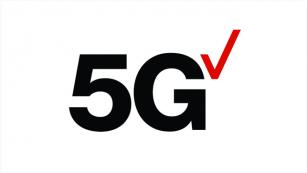 Verizon customers in over 1,800 cities across the United States can now get a speed boost with the launch of Verizon’s nationwide Dynamic Spectrum Sharing (DSS) 5G, which runs simultaneously with existing 4G LTE on the same lower band spectrum, giving customers with 5G-capable devices faster service.
Verizon customers in over 1,800 cities across the United States can now get a speed boost with the launch of Verizon’s nationwide Dynamic Spectrum Sharing (DSS) 5G, which runs simultaneously with existing 4G LTE on the same lower band spectrum, giving customers with 5G-capable devices faster service.
DSS technology is important to Verizon as it shares the limited amount of 4G spectrum it has in some cities with a slowly growing number of 5G customers. Now both can share the same spectrum without Verizon having to dedicate scarce low band frequencies exclusively to 5G service. The tradeoff is that low band DSS 5G service will not deliver the speed boost Verizon’s “Ultra Wideband” millimeter wave 5G service can offer.
Verizon simultaneously announced the addition of several cities now slightly covered by Verizon 5G Ultra Wideband, which can now reach up to 4 Gbps speed in some locations with the use of carrier aggregation. The rollouts are very limited, often covering just a few neighborhoods, a park, or shopping center, so check verizon.com/coverage-map for current coverage information.
Anaheim, Calif.
Where Available: West Anaheim, Downtown Anaheim (along Harbor Boulevard), Betsy Ross Park, Chaparral Park.
Baltimore, Md.
Where Available: Inner Harbor, Downtown, Power Plant Live, Camden Yards & M&T Bank Stadium, Towson University, and Cockesville.
Hartford, Conn.
Where Available: Trinity College, Frog Hollow and City Hall.
Jersey City, N.J.
Where Available: Bayside Park, The Heights, and Journal Square.
Las Vegas, Nev.
Where Available: Las Vegas Strip, Mirage Volcano, Bellagio Lake, Welcome to Vegas Sign, and Paris/Eiffel Tower.
Oklahoma City, Okla.
Where Available: Quail Springs Mall, OU Medical Center, and near Hidden Trails Country Club.
Philadelphia, Pa.
Where Available: Temple University, South Philadelphia Sports Complex, Logan Circle, Broad Street, and Hawthorne.
Raleigh, N.C.
Where Available: Triangle Town Center, outside Duke Raleigh Hospital, and Crabtree Valley Mall.
Richmond, Va.
Where Available: Scott’s Addiction, near VCU, and Church Hill.
San Francisco, Calif.
Where Available: Mission Bay, Yerba Buena Gardens, Marina Green Park, outside Oracle Park, Palace of Fine Arts, and Huntington Park (Nob Hill area).
Sarasota, Fla.
Where Available: Burns Square, along N Lemon Ave, and Rosemary District.
Syracuse, N.Y.
Where Available: In the Northside Neighborhood, near Schiller Park, outside St. Joseph’s Health Center.
Tucson, Ariz.
Where Available: Downtown, Historic Fourth Avenue and University of Arizona.


 Subscribe
Subscribe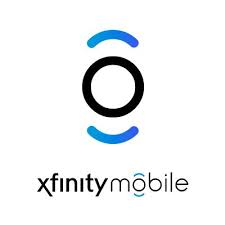 Comcast is now giving
Comcast is now giving 
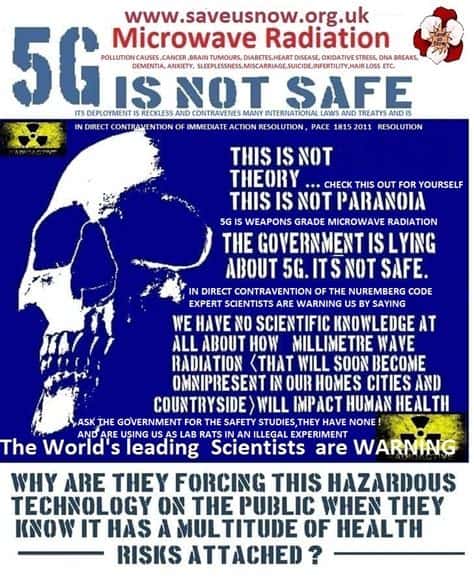
 In reality, 5G is nothing more than an overhyped wireless technology upgrade that can either be slightly faster than existing 4G LTE networks, or considerably faster if adequate wireless spectrum is available for short distance communications. In either case, the energy emitted by traditional cell towers or small cells is infinitesimal compared to much stronger local TV and radio stations. In fact, the fastest 5G networks operate on millimeter wave frequencies that cannot penetrate walls and doors and are capable of reaching only a few blocks away at most.
In reality, 5G is nothing more than an overhyped wireless technology upgrade that can either be slightly faster than existing 4G LTE networks, or considerably faster if adequate wireless spectrum is available for short distance communications. In either case, the energy emitted by traditional cell towers or small cells is infinitesimal compared to much stronger local TV and radio stations. In fact, the fastest 5G networks operate on millimeter wave frequencies that cannot penetrate walls and doors and are capable of reaching only a few blocks away at most.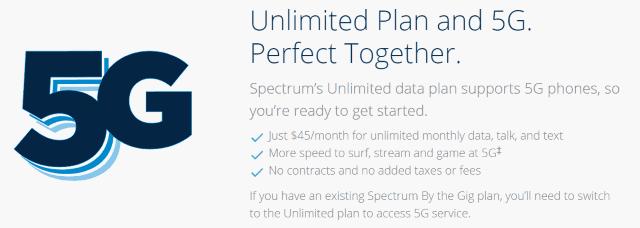

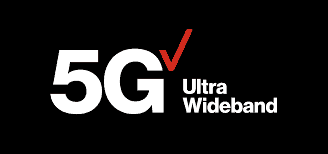 “It’s very much a mobility strategy, with a secondary product of Home [5G], rather than us changing our overarching mobility deployment to try to accelerate Home at the expense of the overall 130 million customer base,” Dunne explained.
“It’s very much a mobility strategy, with a secondary product of Home [5G], rather than us changing our overarching mobility deployment to try to accelerate Home at the expense of the overall 130 million customer base,” Dunne explained.